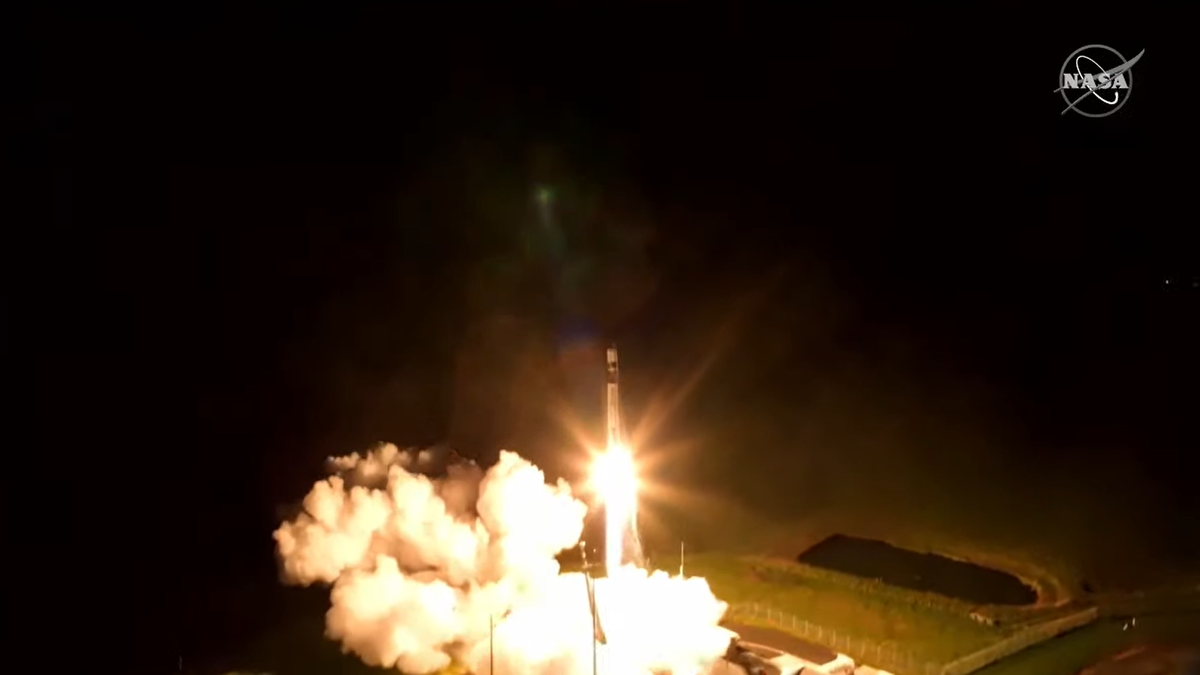
But those famous spacecraft were blasted off Earth by NASA's Saturn V rocket, the most powerful booster ever to fly. .
The microwave-oven-sized CAPSTONE (short for "Cislunar Autonomous Positioning System Technology Operations and Navigation Experiment"), by contrast, left our planet aboard the 59-foot-tall (18 meter) Electron, which is designed to send small satellites to Earth orbit.About nine minutes after launch today, Photon and CAPSTONE separated from the upper stage into low Earth orbit.
"Lunar photon is in Low Earth Orbit.".
Six days after launch, Photon will perform one final burn, which will increase its velocity to 24,500 mph (39,500 kph) — fast enough to escape Earth orbit and head for the moon.
Within 20 minutes of that burn, Photon will deploy CAPSTONE, Rocket Lab representatives wrote in a mission press kit, which you can find here (opens in new tab).
13, CAPSTONE will insert itself into a near rectilinear halo orbit (NRHO) around the moon, an intriguing but untested spot in space.
Related: NASA's CAPSTONE moon mission to go where no cubesat has gone before.The NRHO will take CAPSTONE within 1,000 miles (1,600 km) of one lunar pole on its closest pass and 43,500 miles (70,000 km) from the other pole at its most distant point. .Mission engineers expect this orbit to be highly stable: Spacecraft shouldn't have to burn much fuel to stay in the NRHO, thanks to the balancing gravitational pulls of the moon and Earth, researchers say."The reason we're in this orbit is it's incredibly stable, but also relatively close to the moon," said Nujoud Merancy, NASA's chief of the exploration mission planning office at the Johnson Space Center in Houston, in a video aired during NASA's launch webcast. .The CAPSTONE mission "will also demonstrate innovative navigation solutions, including spacecraft-to-spacecraft navigation and one-way ranging capabilities with Earth ground stations," according to a Rocket Lab press kit.The spacecraft-to-spacecraft tests will be performed in tandem with NASA's Lunar Reconnaissance Orbiter, which has been circling the moon since 2009.But Rocket Lab will send other missions far afield in the near future, if all goes according to plan; the California-based company aims to launch at least one life-hunting mission to Venus using Electron and Photon in the next few years.
And Rocket Lab, of course, sent the mission on its way to the moon.
